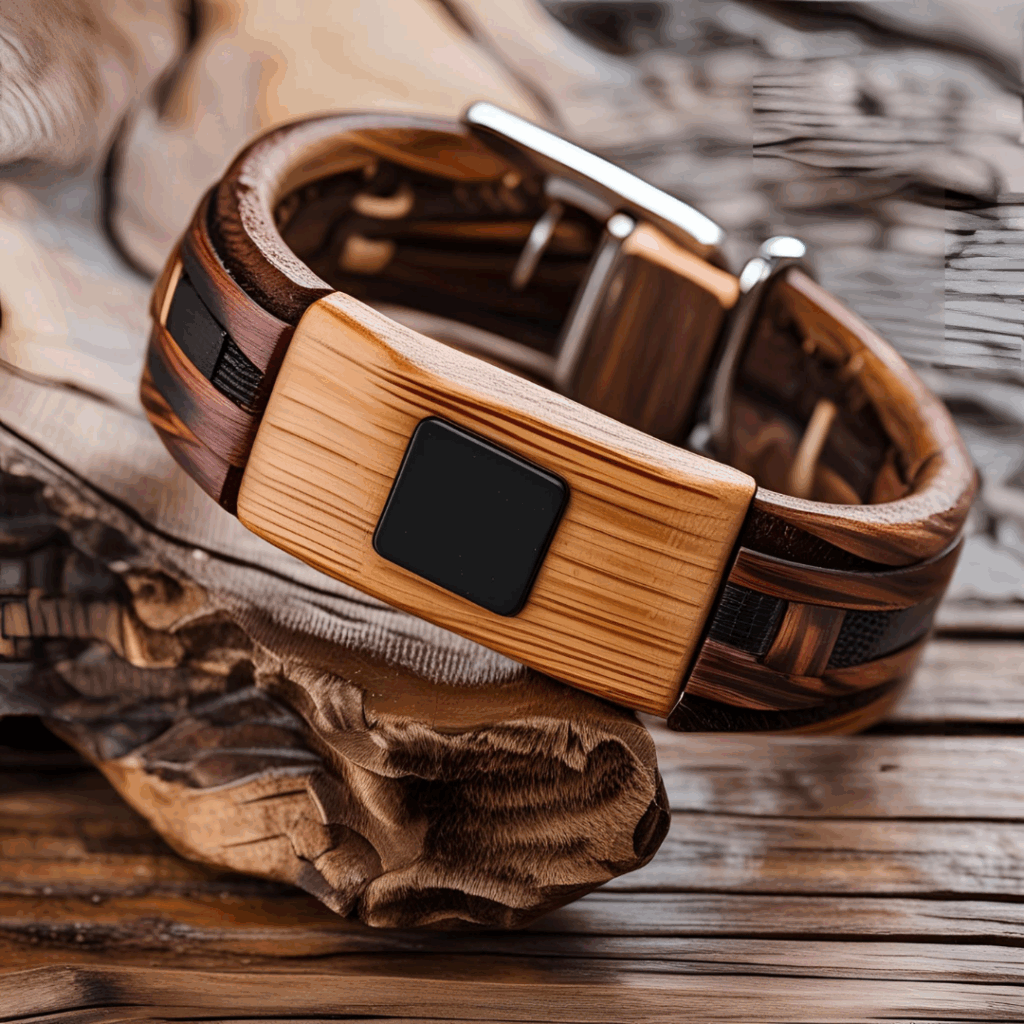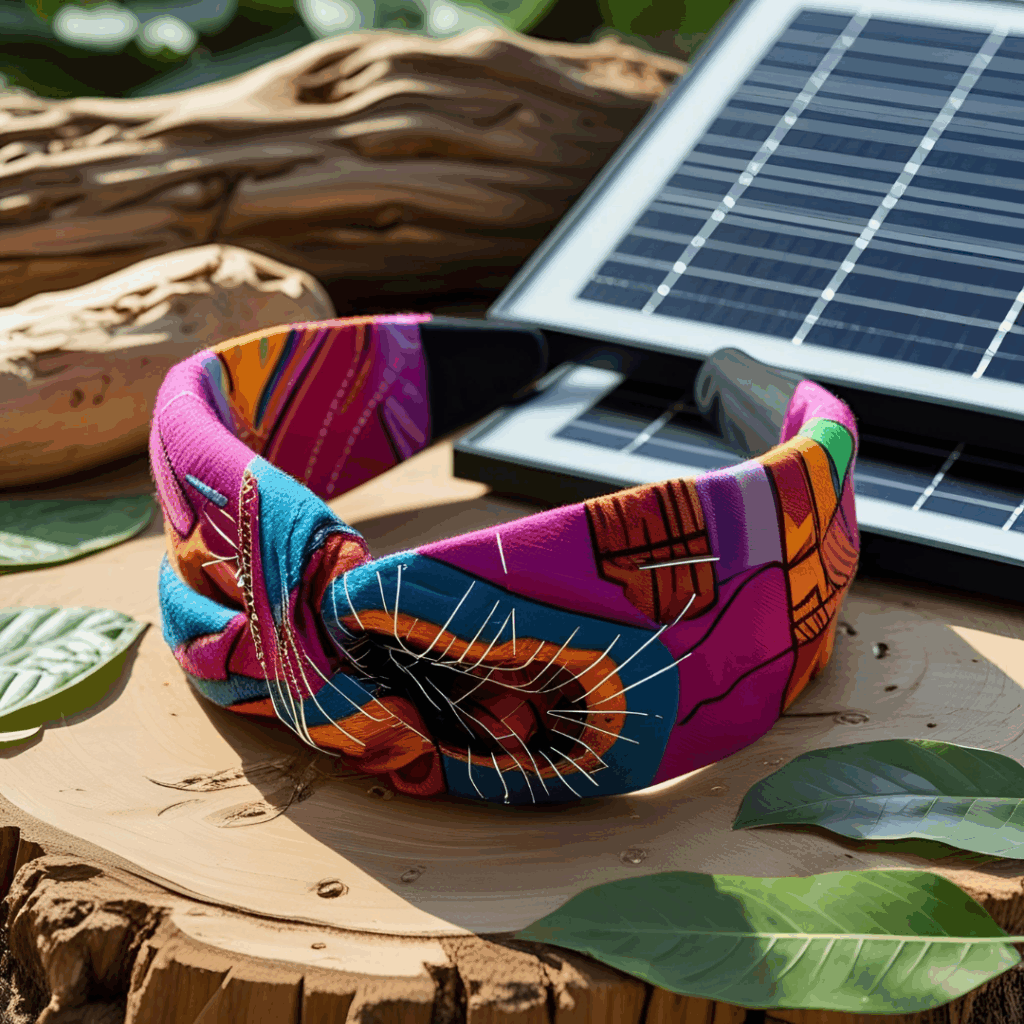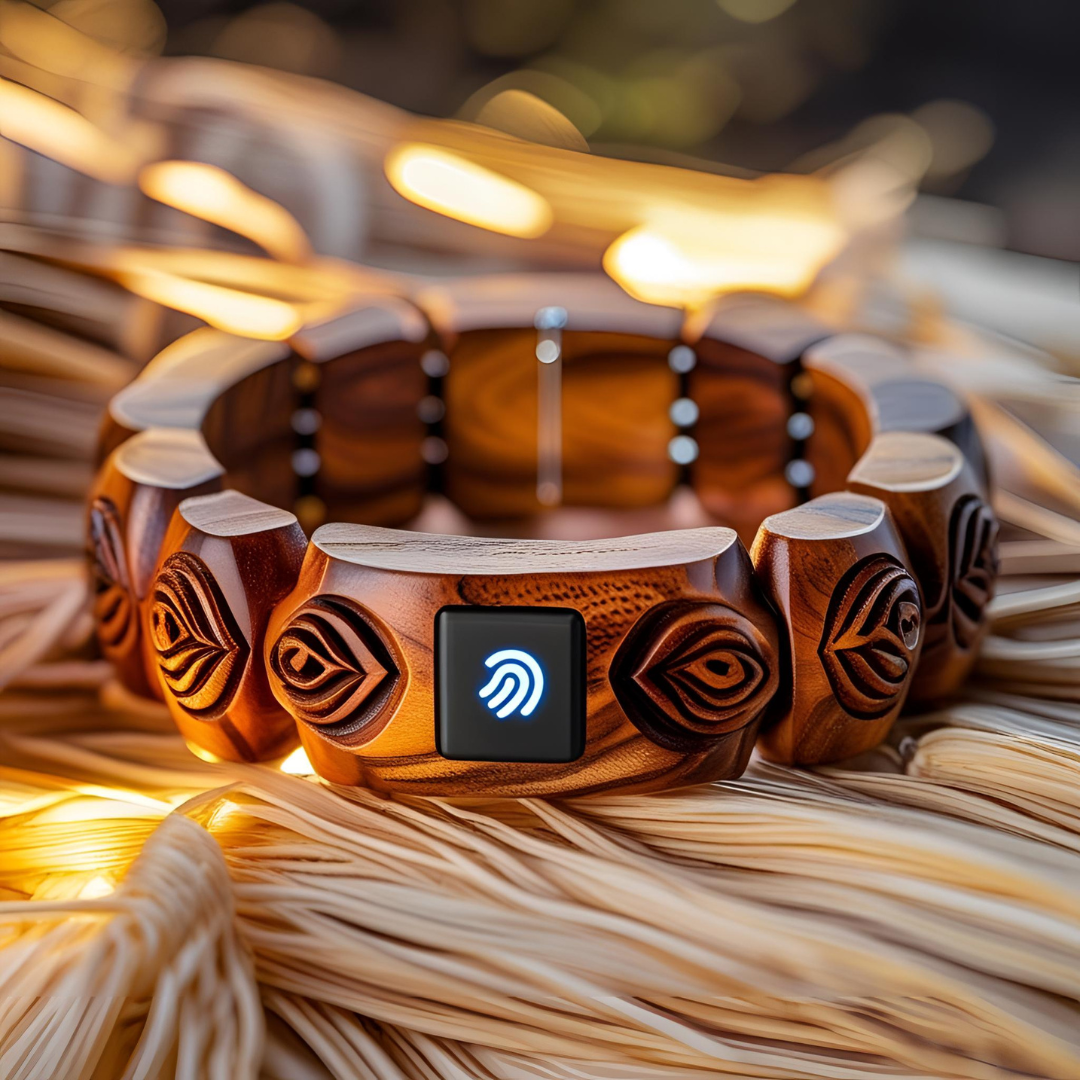Wearable technology is often associated with high-tech, mass-produced gadgets. But what if the future of wearables lies not just in innovation, but in craftsmanship? A growing movement of designers, makers, and eco-conscious creators is merging manual techniques with cutting-edge tech to build unique, sustainable accessories. From handwoven smart bracelets to biodegradable e-textiles, this post explores how you can join the frontier of handcrafted wearables that honor both artisanal values and environmental responsibility.
What Are Sustainable Handmade Wearables?
Handmade wearables are accessories that integrate technology — such as sensors, LEDs, or connectivity — into manually crafted designs. Unlike mass-produced devices, these pieces emphasize authenticity, aesthetics, and low environmental impact.
Sustainable wearables specifically prioritize:
- Eco-friendly materials like natural fabrics, wood, cork, and upcycled components
- Energy-efficient or passive technologies
- Small-scale, ethical production
- Longevity and repairability
These pieces aren’t just fashion-forward; they’re also purpose-driven, often designed to monitor health, express identity, or respond to the environment — all while reducing waste.
Examples of Handmade Wearables
- A hand-crocheted scarf embedded with temperature sensors
- Leather bracelets with NFC tags for contactless info sharing
- E-textile brooches sewn with solar panels for subtle energy harvesting
- Embroidered patches with touch-sensitive threads that control smart devices
These accessories are conversation pieces — part gadget, part art.

Materials Matter: Choosing Sustainable Components
Selecting the right materials is essential to maintaining eco values without sacrificing function.
Eco-Friendly Base Materials
Look for natural or upcycled materials as the foundation:
- Organic cotton, bamboo, or hemp fabric for wearable bases
- Reclaimed leather or cork for bands and straps
- Natural dyes to color your pieces without harsh chemicals
- Wood or recycled metals for frames, buckles, or casings
Locally sourced and biodegradable options reduce transportation emissions and waste.
Electronic Components With a Green Twist
While some technology inherently involves plastic or rare metals, there are increasingly sustainable ways to integrate electronics.
Consider:
- Modular components: Easily repairable or upgradable parts reduce e-waste
- E-textiles: Threads that conduct electricity and can be sewn like regular fabric
- Solar panels: Flexible or sewable varieties provide renewable power
- Low-power microcontrollers: Optimize battery use or eliminate the need for batteries altogether
Whenever possible, use recycled PCBs, repurposed sensors, or buy parts from ethical electronic suppliers.
Techniques That Blend Craft and Tech
Craftsmanship doesn’t end where technology begins. The best sustainable wearables come from a deep fusion of traditional techniques and thoughtful tech embedding.
Textile Arts
- Embroidery: Create patterns that double as conductive pathways
- Knitting or crochet: Incorporate sensors, thermochromic yarns, or LEDs
- Weaving: Use conductive fibers to build interactive surfaces within scarves or wraps
These techniques are ideal for artists familiar with fabric-based crafts who want to add a digital layer to their work.
Leatherworking and Natural Fiber Craft
- Craft bracelets or belts with hidden tech (NFC, RFID, fitness sensors)
- Use cork or vegetable-tanned leather to create stylish, biodegradable accessories
- Combine laser cutting with hand-finishing for intricate, eco-friendly patterns
Traditional leather and fiber techniques lend themselves well to the wearables form factor — compact, intimate, and expressive.


DIY Project Ideas for Eco-Friendly Handmade Wearables
You don’t need a lab to start experimenting. Many sustainable wearable projects can be built from home with basic tools and imagination.
Solar-Powered Brooch or Necklace
Combine a small flexible solar cell with a handmade pendant to create jewelry that stores sunlight and powers tiny lights or sensors.
Materials:
- Hand-carved wood or molded cork base
- Thin-film solar panel
- Rechargeable capacitor or battery
- Mini LED or haptic feedback motor
Add a clasp made of natural fiber, and you have wearable tech that looks like it came from a craft fair, not a tech expo.
Smart Fabric Headband
Create a breathable, organic fabric headband with embedded sensors that track temperature, heart rate, or movement.
Technique:
- Sew conductive thread paths onto the inside lining
- Add a detachable module that can be removed for washing
- Use hand-dyed or printed fabrics to express your personal style
This project is perfect for combining comfort, style, and subtle tech functionality.
NFC Bracelet with Reclaimed Materials
Build a bracelet from scrap leather or wood, and embed an NFC chip to share contact info, links, or social profiles.
Customization:
- Burn or carve designs into the surface
- Add a hand-painted finish using water-based paints
- Attach with sustainable clasps or cords
It’s a small touch of the future that respects the past.
Why Choose Sustainable Craft Tech?
Going handmade and eco doesn’t mean compromising on innovation. In fact, it offers distinct advantages for creators, consumers, and the planet.
Creative Control
Handmade means complete freedom to explore shapes, colors, textures, and user experiences that would never pass in mass manufacturing. You can personalize every piece for:
- Mood-responsive fashion
- Cultural storytelling
- Custom fitting or medical purposes
It’s art and function — tailored to the individual.
Ethical and Low-Waste Production
- No overproduction or dead stock
- Local sourcing reduces shipping and packaging emissions
- Discarded materials get a second life
Compared to tech products made in bulk, handcrafted wearables leave a smaller carbon footprint and often generate no e-waste if designed to biodegrade.
Market Appeal and Value
There’s a growing demand for items that combine authenticity, tech innovation, and ecological awareness. Handmade wearables can be:
- Sold at a premium due to their uniqueness and values
- Featured in green fashion shows or design awards
- Eligible for grants and ethical entrepreneurship programs
From Etsy to tech boutiques, the market is open to those who innovate sustainably.
Building a Creative Sustainable Maker Mindset
Merging craftsmanship with technology requires a mindset shift. Here are ways to keep your process aligned with sustainable innovation.
Start Small, Then Scale
Don’t worry about building a smart dress overnight. Begin with small accessories or components and scale up as your confidence grows.
Collaborate With Artisans
Partner with local craftspeople to source materials or incorporate traditional skills. A weaver, woodworker, or leather artisan can add depth to your wearable design — while you contribute the tech layer.
Document Your Process
Transparency builds trust. Share your making process, including:
- Where materials came from
- How much energy your piece uses
- How it can be disassembled or composted
This creates educational value and positions you as a thought leader in sustainable design.
A Future Where Wearables Are Handmade, Ethical, and Expressive
In the race to make tech smarter, faster, and more connected, we risk losing what makes it human. Handmade wearables bridge that gap — reminding us that innovation is most powerful when it’s thoughtful, beautiful, and in harmony with the earth.
Whether you’re a designer, maker, or curious crafter, now is the perfect time to explore tech with heart and hands. Let your creations tell stories, solve problems, and most of all — respect the world they inhabit.







